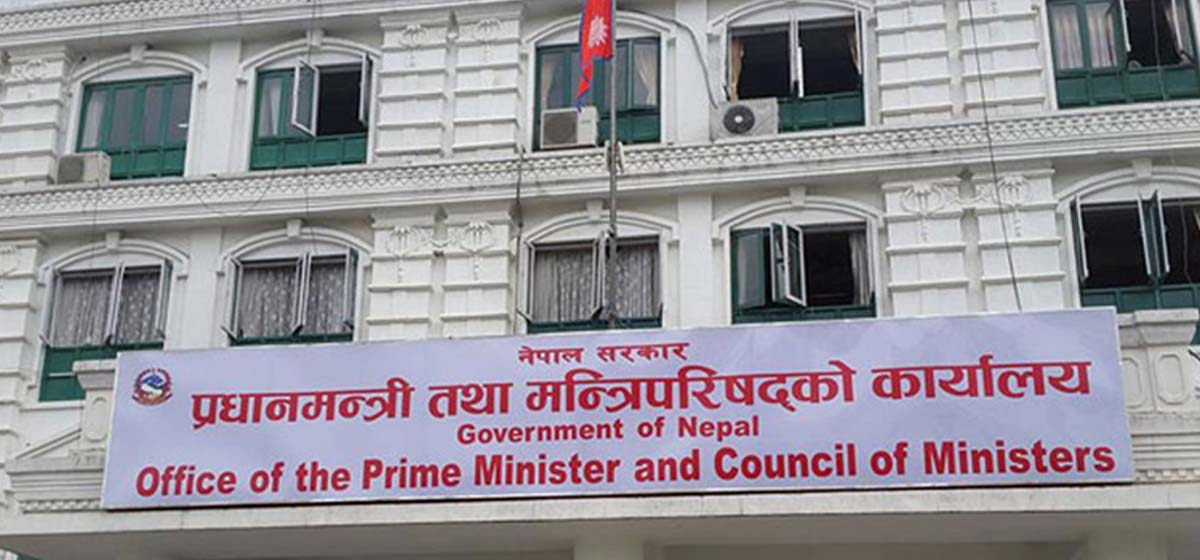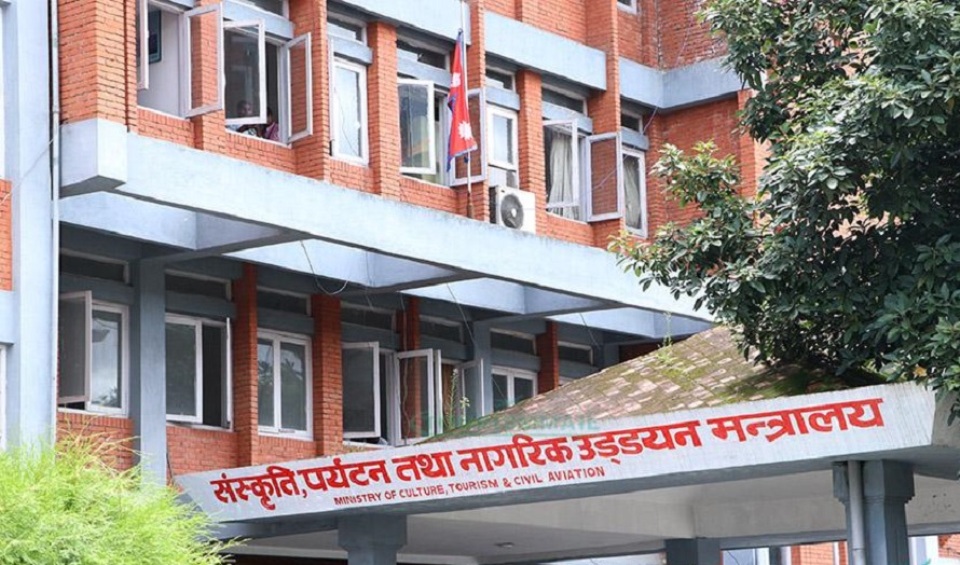
OR
Grade 10 results
Those were the days! Up until a couple of decades ago, the students who had appeared for the school-ending School Leaving Certificate (SLC) examinations, and not a few of the eager parents, would head towards Gorkhapatra Sansthan in the dead of the night on learning that the results would be published the next morning. In those pre-internet days, only the government-owned Gorkhapatra used to carry the symbol numbers of students who had passed the exams, and so the newspaper would be a hot commodity on that day. The newspaper costing a couple of rupee in a normal day would that day sell for hundreds of rupees in the black market. The students outside the valley would be endlessly calling their relatives in Kathmandu to learn if they had passed, and in which division. But starting from this year, the SLC exams have been scrapped and replaced by the Secondary Education Examinations (SEE) at the end of grade 10. Also, starting from last year, gone is the old percentage system, which has been replaced by a grade system where students will be ranked on a sliding A to E scale. With this, those holding the old SLC certificates with percentages would be forgiven for thinking that they are turning into modern-day dinosaurs in the eyes of Gen Next.
In the larger context of the evolution of the education system of Nepal, their feelings may be irrelevant. But perhaps there are a few things that can be done to fine-tune the new system. Many teachers and students are still confused by the sudden switch from marks to grades, not just because the grade system is complex. In fact, it is quite easy to understand. The confusion rather stems from unease over how the school and college administrators are using the new system for admissions. The government has clarified that no student will ‘fail’ in the new system, yet whether or not to consider ‘Ds’ and ‘Es’ failures is entirely up to the discretion of colleges and universities that these students apply to. There is thus room for subjective judgment, which the many money-minded colleges that are mushrooming all over the country are exploiting to extract hefty fees from relatively weaker students. This has put many students and parents in a dilemma. Say, if a student gets a D, should that student try to improve his grade in that particular subject or settle for what he has?
There is another danger. Those who do well in their favorite subjects (say, English and Nepali) are being encouraged to pursue higher education in these subjects rather than in the subjects they find harder (say, Mathematics and Science). But then there is a risk that a student who is weak in science will start shunning the subject from early in his student career—and the new grade system encourages her to do so—potentially stunting her intellectual development. In fact, if a student finds a particular subject difficult, secondary school and early college is the perfect place to improve her aptitude in it. We wholeheartedly support the switch to a more scientific and more widely recognized grade system. Yet its efficacy needs to be constantly monitored and evaluated to get the kind of improvements in student learning and in the practical application of that learning that is expected of the new system.
You May Like This

Parties in 'wait and see' to announce their candidates in Biratnagar Metropolitan
BIRATNAGAR, June 7: Political parties in Biratnagar Metropolitan City are in the 'wait and see' mode to announce their candidates for... Read More...

Ruling parties in ‘wait and see’ mood on amendment
KATHMANDU, Dec 3: With locals in various mid-western districts stepping up protests against the constitution amendment bill, the ruling Nepali Congress... Read More...

Albania has to wait to see if it qualifies for next round
LYON, France, June 20: It's going to be a long three days for Albania as the small Balkan country waits... Read More...







Just In
- Public transport to operate during Qatari king’s arrival, TIA to be closed for about half an hour
- One arrested from Jhapa in possession of 43.15 grams of brown sugar
- EC to tighten security arrangements for by-elections
- Gold price drops by Rs 2,700 per tola
- Seven houses destroyed in fire, property worth Rs 5.4 million gutted
- Police pistol missing after drug operation in Bara, investigation underway
- Truck carrying chemical used in drugs catches fire
- Nepali journalists Sedhai and Kharel awarded second prize at Fetisov Journalism Awards for their exposé on worker exploitation in Qatar World Cup











Leave A Comment